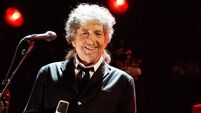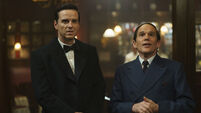The Crown season four review: Diana and Thatcher feature in a fine account of the era
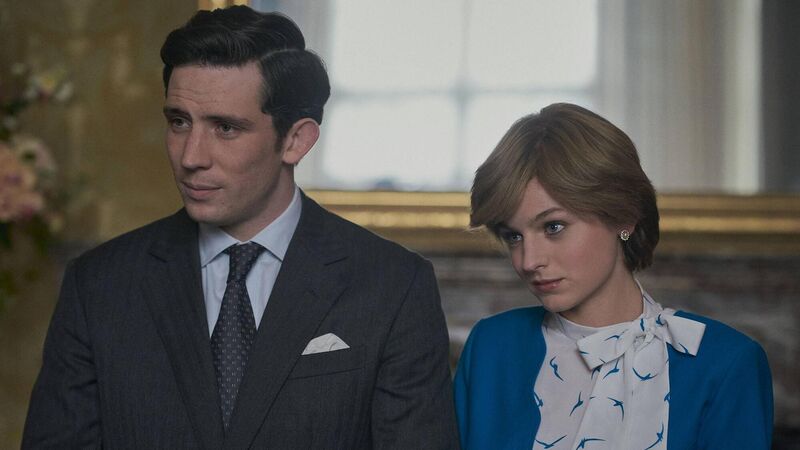
Josh O'Connor and Emma Corrin as Prince Charles and Princess Diana in season four of The Crown.
Season four of The Crown arrived with a regal level of hype, and the tough task of having to accommodate some huge characters and era-defining events. Princess Diana, Margaret Thatcher and Queen Elizabeth herself are all to the fore for a fourth series that looks like it will become the biggest so far.
As well as the Diana-effect, a resurgence of interest in the tale is probably down to the fact that the ten episodes cover 1977 to 1990, a momentous period that falls within the living memory of many of the Netflix show's viewers.
Does it deliver? Overall, yes. Come for the palace intrigue and royal romance, stay for a clever portrayal of wider events that had all sorts of relevance for Irish people. Here are some of season four's top talking points.
The arrival of Diana really is the big ticket item this season. In fact, she's such a huge character with such a compelling story, the programme-makers made the sensible decision to use her sparingly in parts. Relative newcomer Emma Corrin is likely to be the breakout star of the show, with her uncanny portrayal of some of Diana's expressions and mannerisms already winning heaps of praise.
For those of us who weren't seasoned royal watchers, the representation of the relationship between Charles and Diana is something of a surprise. This is no fairytale romance that gradually goes astray – it was doomed from the start. The 13-year age gap is too much, the couple have little in common, and the prince can't keep his paws off his one true love Camilla.
Perhaps there are two sides to every story, but in this version, Charles is very much the cad. Perpetually self-centred and incessantly whiney, we'll be booing him if there's ever a stage version.
For Diana, season four does a great job revealing the effects her swift transition from 18-year-old creche assistant sharing a flat with her gal-pals, to becoming the most famous princess in the world. Trapped in a highly dysfunctional family, she soon becomes bored and lonely. Her descent into bulimia is shown in some appropriately horrific scenes, with a fawning public and an aggressive press pack now a constant part of her life. Somebody shout stop.
Diana is still alive at the end of the season four, with her tragic death in 1997 coming in season five, which Netflix say will be the final run of the show.
We all know how it ended for Louis Mountbatten, killed by an IRA bomb on a boat off Co Sligo in 1979. His story allowed the makers of the show focus attention on the viceroy's relationship with Prince Charles - for whom he acted as a confidante and quasi-father figure – and also on the 'Irish problem'.
Charles Dance is perfect in the role, perhaps not having to take such a huge leap from his previous acting job as Tywin Lannister in Game of Thrones. Scheming and off-piste rumpy-pumpy are as much a part of upper-class life in London as they were in King's Landing.
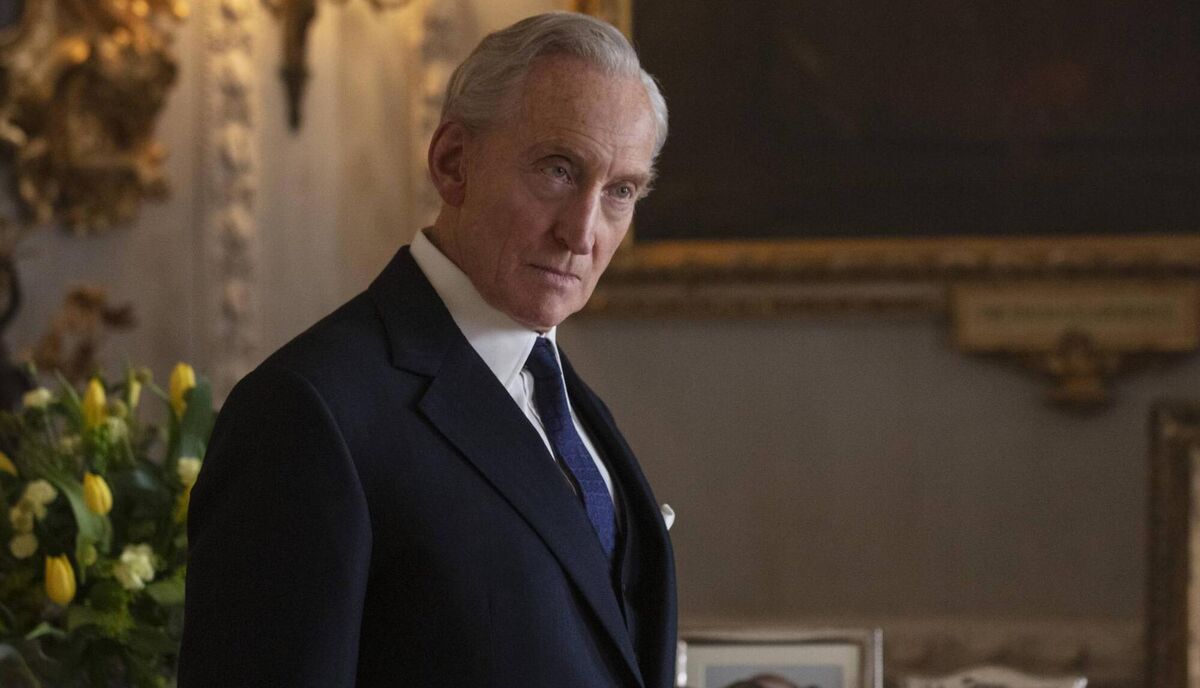
Mountbatten is a much-mellowed figure by the time we see him at Classiebawn castle in Mullaghmore. Among his final acts are to chide Charles by telephone and letter about the young royal's determination to stay involved with a married woman named Camilla (watch this space).
The sense of foreboding builds as Mountbatten takes his last journey to the harbour. After the bomb goes off, we see the reactions of the royals as they hear the news while hunting in Balmoral, and the show makes a pointed effort to give his assassination some context by providing real footage from the Troubles. The voice of a republican spokesman invokes Bloody Sunday and the killing of soldiers at Warrenpoint with the line “Thirteen gone but not forgotten, We got 18 and Mountbatten.”
Of course, the bit the Provos leave out of that slogan is, as well as the 79-year-old, their bomb also killed an old woman and two children. Those other victims are also largely omitted from the show, but perhaps the programme-makers at least have the technical excuse of needing to keep the focus on the central character.
A dream role or a nightmare for Gillian Anderson? Like several of her predecessors who've taken on the Iron Lady, the former X Files star comes a cropper on the accent. Nobody has ever managed to conquer it.
One of the reasons those tones are so difficult to get right is that they're not 'real'. Margaret Thatcher famously came from shopkeeper stock and had to work long and hard at evolving her particular way of speaking. Some allege the queen used to disparage it as “Royal Shakespeare Company pronunciation from the 1950s”. Anyone trying to portray Thatcher essentially has to impersonate an impersonator.
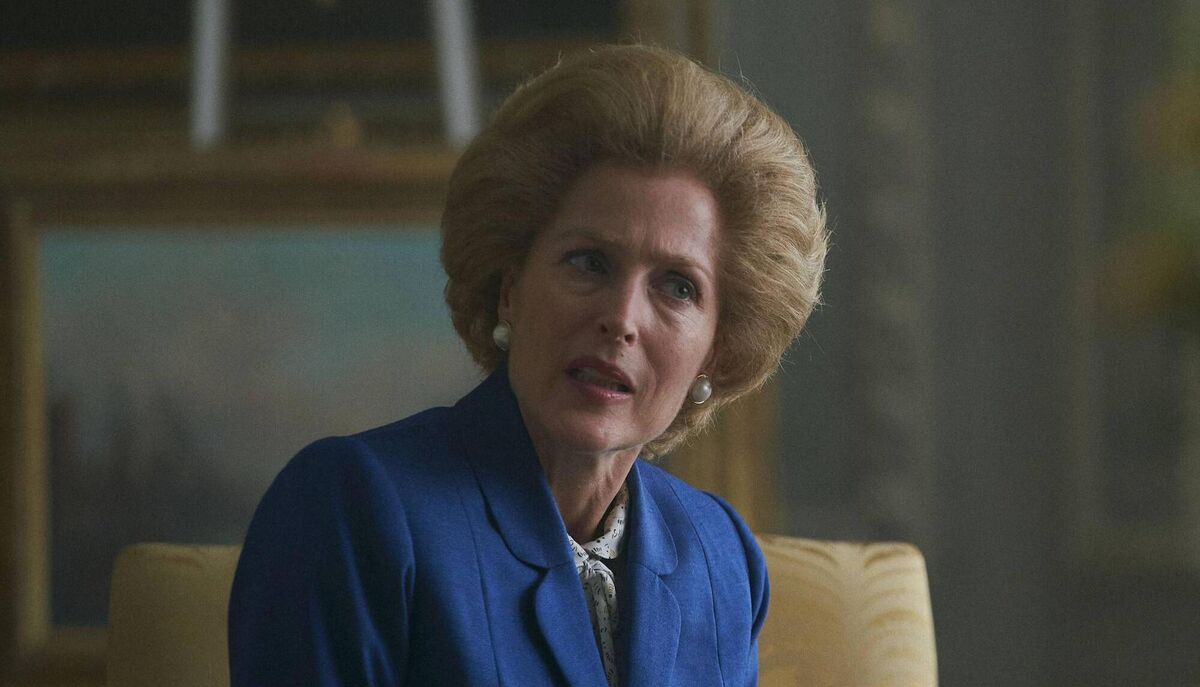
If your ear does get over that aural hurdle, the character remains an intriguing prospect. Even the most ardent Maggie-basher will probably take her side as she upsets the Tory old guard, looks hopelessly uncomfortable hanging out with the royals in Balmoral, and rails against hereditary privilege. Thatcher as class warrior – who knew!?
And don't worry, you'll soon be back hating her again when she refuses to take action against Apartheid South Africa, and reveals her bizarre distaste for any notions of a benevolent society.
Liz celebrated her silver jubilee in 1977 at the age of 51, and Olivia Colman looks more comfortable in the role now in what is her second and final season as queen. Perhaps the 46-year-old actress still suffers in comparison to Claire Foy's portrayal in the opening seasons, but she has managed to make the middle-aged monarch into a more affable character than the rather reserved figure we're familiar with.
Few people know how close the chirpy Colman gets to the real deal, but having a central character that viewers can buy-in to is key for a show like this.
And Elizabeth really is central. Despite the distractions of Diana, Thatcher and all the others, everything in this royal hive relates back to the queen bee. Philip brilliantly articulates her status in the show and the family it portrays when he describes his wife as “the only person that matters” while castigating Diana for getting too uppity. “She is the oxygen we all breathe,” he explains.
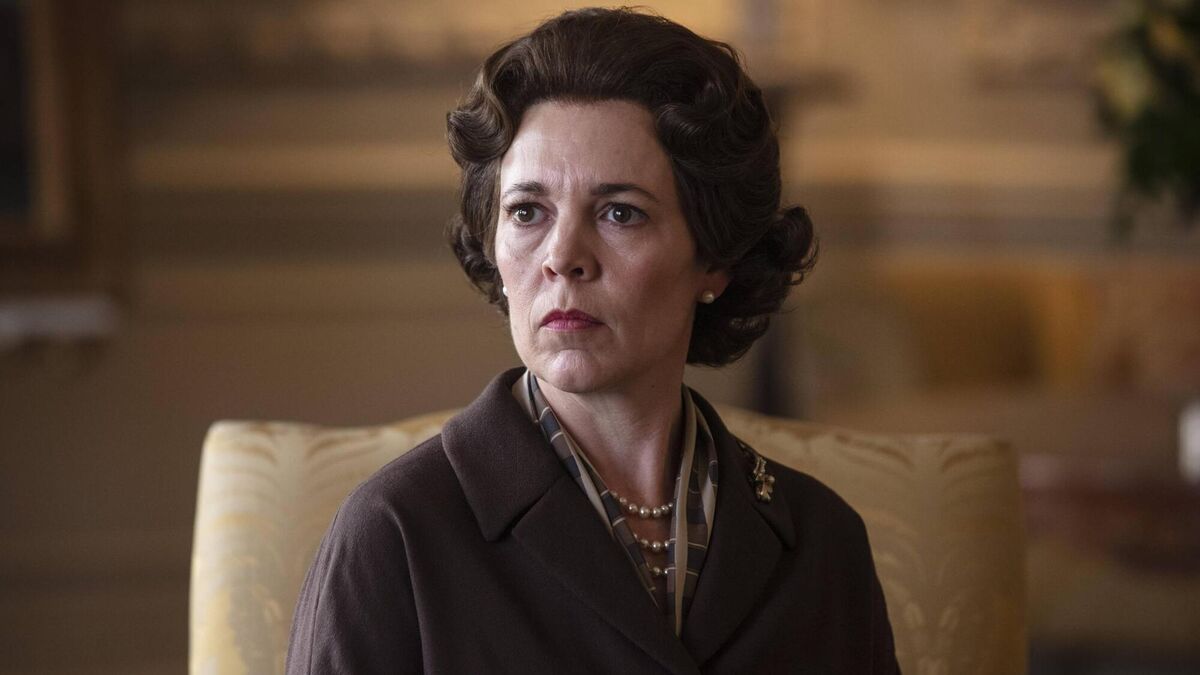
Some of the best scenes feature Elizabeth's private exchanges with Thatcher. The two formidable women were born in the same year and could have so much in common, but their meetings are closer to jousts than jolly chats.
When the queen enquires whether the prime minister's first cabinet will contain any females. “Certainly not,” says Thatcher, adding: “I have found women in general tend not to be suited to high office. They become too emotional.”
Elizabeth replies, “I doubt you’ll have that trouble with me.”
Many people might remember Michael Fagan from his tabloid caricature as the local nutter who jumped the fence at Buckingham Palace in 1982 and made it all the way to the queen's bedroom. He's recast here as struggling everyman, an unemployed painter representing one of the many people who has been beaten down by Thatcherism.
For this episode, the focus is no longer on royal life; instead it's grimy council estates, rough boozers and crowded dole offices. We can't speak for the authenticity of the decor in the palaces and hunting-lodges, but Fagan's environment looks spot-on.
Our working-class hero is eventually pushed over the edge by a combination of personal problems and the jingoistic celebrations at the end of the Falklands War. If only he could tell his queen what's really going on. So he does. “Save us all from her... Thatcher!” he implores of a surprisingly sympathetic sovereign from the foot of her bed.
Fagan also provides a fine excuse to unleash some of the magnificent music of the era. He wanders his estate to the sound of The Cure's 'Boys Don't Cry', a pub-brawl is soundtracked by The Specials' version of 'Monkey Man', and one of his many moments of despair brings us 'Twenty-four Hours' by Joy Division. Inevitably, the episode signs off with The Beat's 'Stand Down Margaret'.
This all feels different in tone to the rest of the series, and in other hands might have jarred. Quite unexpectedly, however, the rough diamond named Fagan manages to provide one of the jewels in The Crown.
- Emma Corrin will get most of the plaudits as Diana, but Erin Doherty is possibly the most convincing member of the entire cast in her portrayal of Princess Anne.
- Just like the Fagan episode, another highlight of the series is the detour for the incredible story of the queen's almost forgotten cousins who were put in an institution. They had what we'd now describe as special needs, and in 1941 were quietly packed away to Royal Earlswood Asylum for Mental Defectives. Their embarrassed family even declared the duo dead in Burke's Peerage. Both women actually lived on for decades, eventually passing away in 1986 and 2014, respectively. The episode contains chilling references to protecting the “blood line”, and probably gives clues as to why some of the royals flirted with the Nazis and are still so interested in thoroughbred horses.


